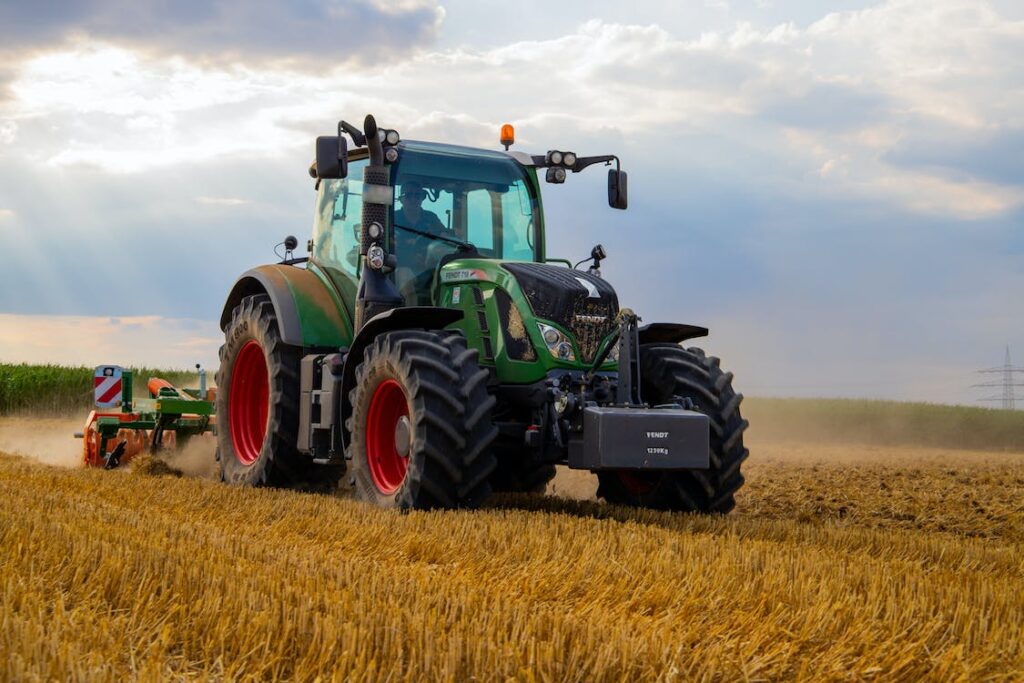Ever since its first appearance before the public, AI has captivated our minds in terms of how well—or better—it can emulate what we do. According to the latest reports from the University at Buffalo (UB), AI is now learning to acquire a skill that was once thought to be the sole remit of a privileged few humans: it’s getting its own green fingers.
At the University at Buffalo, lettuce and basil are growing indoors, in glass cases, under the cold eyes of an AI model. The model is designed to watch for the slightest signs of disease or distress in the plants. Detecting such signs, be it lack of nutrition, moisture, light, or any other vital factor, as well as the first signs of sickness is vital to optimizing yield from agricultural plants. Doing so, as well as exploring how LED lighting can be optimized in indoor farming settings is the main objective and foundation of the study currently underway at the university. The project is being conducted by the University’s Institute for Artificial Intelligence and Data Science, currently headed by Director Jinjun Xiong. According to the Director, the project fundamentally centres on the issue of food insecurity in the world.
Food insecurity is a critical issue in the world, and solving it is an important element of the UN’s Sustainable Development Goals. The issue is not limited to the far-flung corners of the world either—there are many malnourished people in the cities of the most developed countries in the world, despite having the best technology in the world. And yet, it appears as if technology is to be our savior in the end. Centuries before AI was ever even a word in the English lexicon, farmers have been making deliberate choices to engineer the best yield out of the resources available to them, from the beginning of the use of fertilizer to starting to improve upon it—technology has always been a part of agriculture.

One interesting aspect of the agriculture of the future however is its nature to reach into the past even while moving towards the future. For example, farmers are now moving further and further away from genetically modified, high-yield crops towards the plant varieties of old, now known as heritage crops. Their lower susceptibility to disease, occasioned by millions of years of evolution is now gaining increasing value over large harvests. This is where the importance of AI monitoring comes in. With genetically engineered harvests being gradually cast out of the proverbial window, we must take up the monitoring of the factors that optimize resources as well as identify illnesses early on to ensure the highest chances of a big harvest. A report by Canadian food marketing experts, NOURISH Food Marketing highlights that this approach is particularly desirable, especially given the world’s growing interest in sustainable consumption. In the report’s forward, the organization’s president and co-founder highlights that “perhaps this is an ideal situation to coincide with a shift to letting plants finally shine in plant-based foods instead of slavishly mimicking meat products— products vegans and vegetarians don’t want, anyway”.
The insight that AI offers is key in ensuring the success of food security, especially in the long term. Techniques such as indoor vertical farming are crucial complements to traditional supply chains, and yet they cannot hope to replace them entirely. Until science arrives at the solutions that can deliver the answers we need, and at the quantity we need them, AI can do much to strengthen the agricultural processes most commonly practiced today. Resource management, which is currently being explored by UB, is just one such avenue. For one, AI can support farmers by using predictive analytics to go through weather forecasts, historical crop performances, soil conditions, and the like to inform them of the most optimal planting times, watering schedules, and harvesting sessions. By processing data for them, AI relieves farmers of a significant portion of the mental load involved in farming.
The data AI collects on the crops can also be used by farmers to plan ahead for seasons, as well as how they intend to rotate the crops. Crop rotation is a complicated process compared to days of yore: instead of switching between crops to ensure maximum yield and replenishing the soil, crop rotation today tries to minimize soil depletion altogether as well as prevent disease buildup on the land. AI can also use its machine learning algorithm to analyze the aggregate data collected throughout the growing seasons to predict the ultimate crop yields. This in turn helps farmers plan the harvesting process better and the ensuing logistics and marketing strategies that help their produce reach hungry customers. It also can help ensure that the food supply chain continues uninterrupted, especially where food shortages might be an issue. The relevant companies and authorities can use these predictions to outsource food production during times when the yield is expected to be insufficient.
These same methods enable AI to forecast market demand by analysing food market trends over the years and through the seasons. Algorithms analyze market trends, pricing data, and consumer preferences so that farmers can make decisions that align them with market demand —helping them drive their own profitability. Profitability is an important part of sustaining agriculture at a level that would feed everyone going forward. Farmers need the funds to keep financing the industry, as well as pursuing it as a viable career. To conclude, AI integration into farming is another positive step in the direction of sustainable and resilient agriculture.
(Theruni M. Liyanage)
